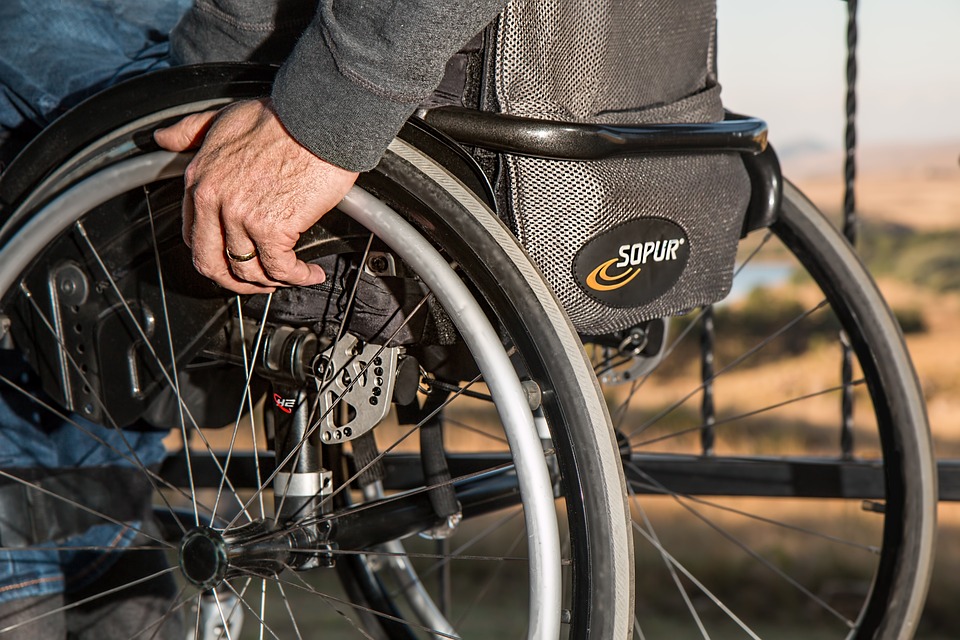Introduction
In today’s world, rehabilitation plays a crucial role in helping individuals recover from various physical and mental health conditions. Rehabilitation programs are designed to enhance independence, restore function, and improve overall quality of life. However, rehabilitation is not a one-size-fits-all approach; different techniques and methods are employed depending on the specific needs of the individual. In this comprehensive guide, we will explore different approaches to rehabilitation and how they can benefit patients.
1. Physical Rehabilitation
Physical rehabilitation focuses on restoring physical function, mobility, and strength following an injury or illness. It typically includes exercises, manual therapy techniques, and assistive devices to aid in the recovery process. Key interventions in physical rehabilitation include:
a) Exercise Therapy
Exercise therapy involves specific exercises and activities tailored to address the individual’s condition and goals. It helps improve strength, flexibility, endurance, and overall physical well-being.
b) Manual Therapy
Manual therapy techniques such as joint mobilizations, massages, and myofascial release aim to alleviate pain, decrease muscle tension, and improve joint mobility.
c) Assistive Devices
Assistive devices like crutches, walkers, and wheelchairs enable individuals with mobility impairments to regain independence and participate in everyday activities.
2. Cognitive Rehabilitation
Cognitive rehabilitation focuses on improving cognitive abilities and enhancing brain function in individuals with neurological conditions, such as traumatic brain injuries or strokes. Key interventions in cognitive rehabilitation include:
a) Memory Training
Memory training techniques, including repetition, association, and visualization exercises, aim to enhance memory retention and recall abilities.
b) Problem-Solving Strategies
Problem-solving strategies focus on improving an individual’s ability to analyze and solve problems, make decisions, and improve overall cognitive flexibility.
c) Attention and Concentration Exercises
These exercises aim to increase attention span and the ability to focus on specific tasks or stimuli, helping individuals regain concentration skills that may have been compromised due to certain neurological conditions.
3. Psychological Rehabilitation
Psychological rehabilitation focuses on supporting individuals with mental health conditions to improve their emotional well-being, coping skills, and overall mental health. Key interventions in psychological rehabilitation include:
a) Psychotherapy
Psychotherapy involves talking to a qualified therapist to address underlying emotional issues, learn coping strategies, and develop healthier thought patterns and behaviors.
b) Group Therapy
Group therapy brings individuals with similar conditions together to provide moral support, share experiences, and learn from each other’s perspectives. It can help reduce feelings of isolation and allow individuals to develop a support network.
c) Stress Management Techniques
Stress management techniques, such as relaxation exercises, mindfulness, and breathing techniques, help individuals reduce stress, anxiety, and improve overall emotional well-being.
Conclusion
Rehabilitation is a multi-faceted approach that offers hope and support to individuals recovering from various health conditions. By targeting specific areas, such as physical, cognitive, and psychological rehabilitation, healthcare professionals can tailor their interventions to meet the unique needs of each patient. This comprehensive guide has highlighted the different approaches taken in each rehabilitation area, emphasizing the importance of individualized care for successful recovery and improved quality of life.




